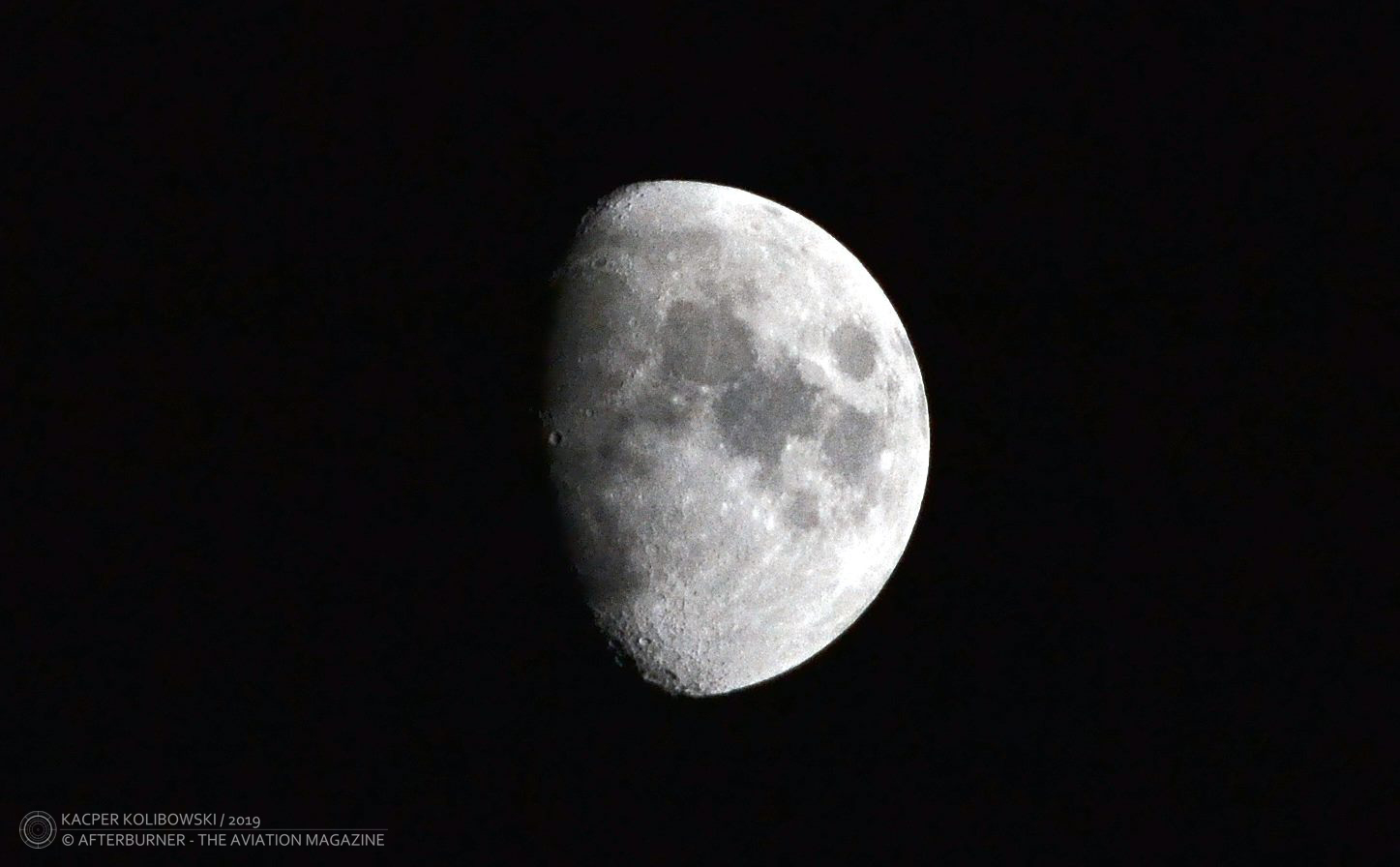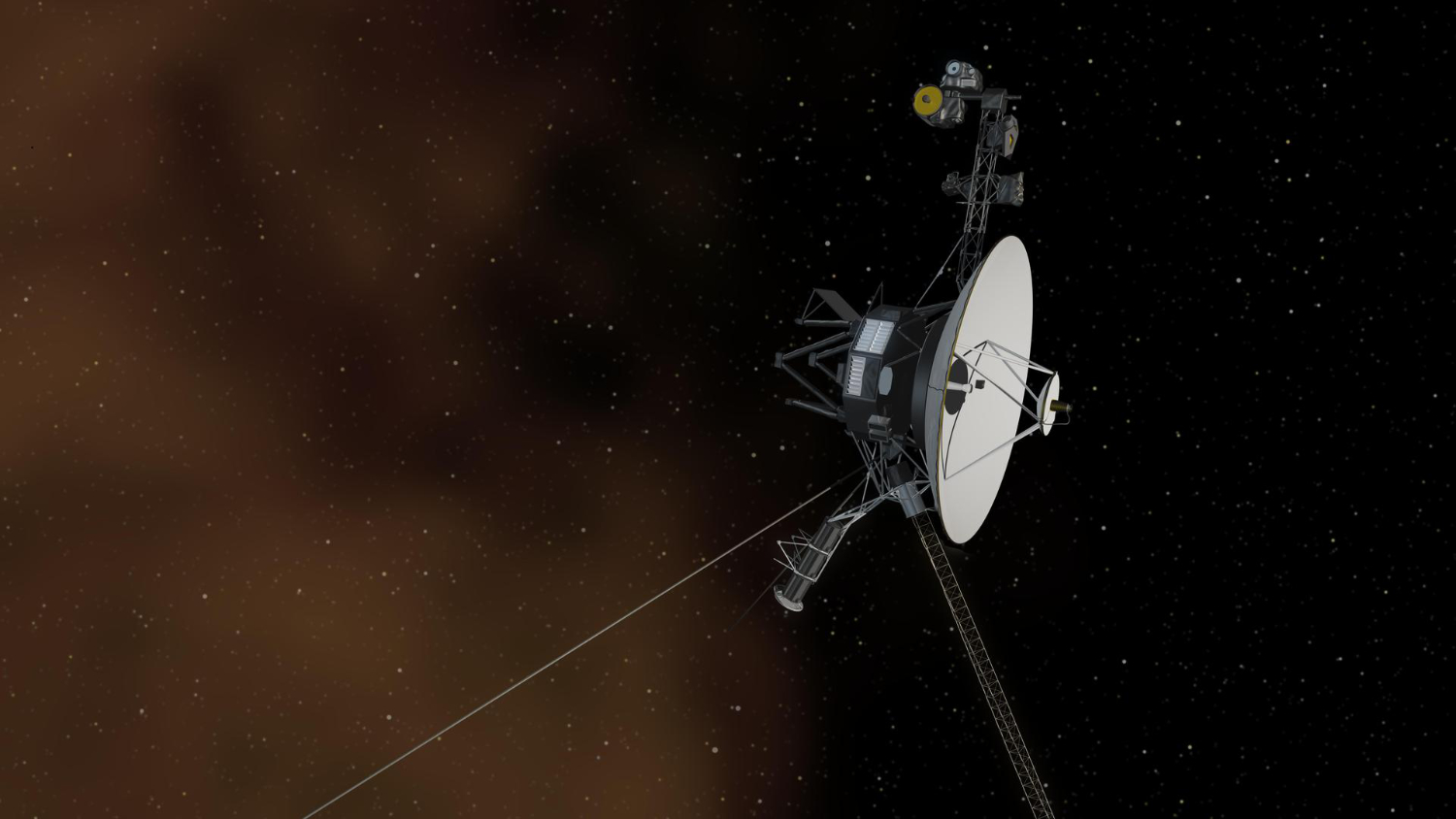 At the moment we publish this article, the Voyager 1 space probe is approaching another milestone in space exploration – the distance of 25 billion kilometres (15.534 billion miles / 167.115 Astronomical Units) from Earth. The spacecraft, launched on 5th September 1977, is the most distant human-made object in space.
At the moment we publish this article, the Voyager 1 space probe is approaching another milestone in space exploration – the distance of 25 billion kilometres (15.534 billion miles / 167.115 Astronomical Units) from Earth. The spacecraft, launched on 5th September 1977, is the most distant human-made object in space.
Voyager 1 and its twin, Voyager 2, were both launched in 1977 as part of the Voyager programme, aimed to explore Jupiter and Saturn, the two gas giant planets, and, if possible, also Uranus and Neptune, the faraway ice giants.
The first of two probes to be launched was, however, Voyager 2, which left Earth on 20th August 1977. Its trajectory was set to fly in close vicinity of Jupiter, Saturn, Uranus and Neptune. Voyager 1 followed sixteen days later, on 5th September. The probe followed shorter and faster route, leading to the Saturnian system, where its mission should end.
Already in December of 1977, Voyager 1 overtook its twin and continued its journey to the Jovian system. It flew by Almathea, Jupiter, Io, Europa, Ganymede and Callisto. In April of 1979, the Jovian phase of the mission was completed and the probe headed Saturn.
In November of 1980, Voyager 1 performed a flyby near Titan, at only 6,490 km from its centre of mass, then continued to Tethys, Saturn, Mimas, Enceladus, Rhea and Hyperion. On 14th November 1980, the initially planned scope of the Voyager 1 mission was concluded. The probe continued its spaceflight from Saturn to Pluto, which was reached in 1986.
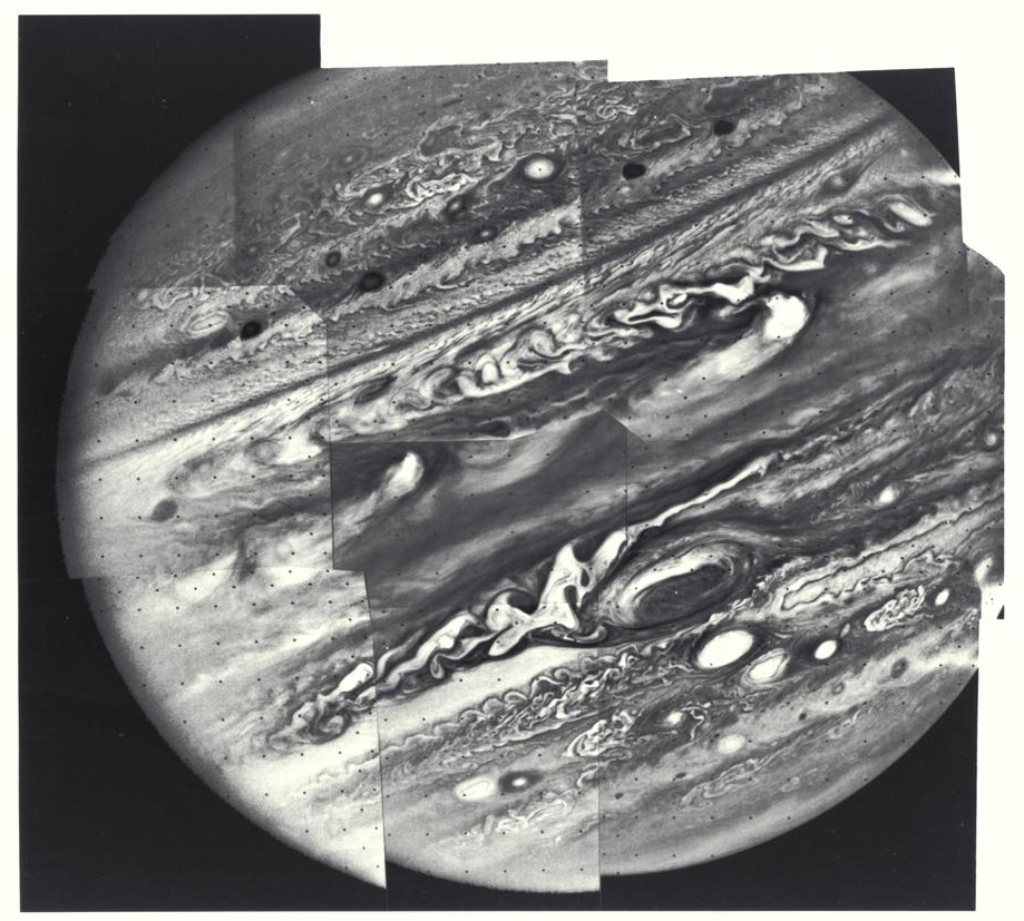
Voyager 2 began the Jupiter observation phase at the end of April 1979. In August and September of the next year, the probe explored the Saturnian system. In January of 1986, the spacecraft encountered with the Uranian system and in June of 1989 began to observe the Neptunian system.
Although both spacecraft completed their initial missions they were still working and sending data to Earth. In conclusion, NASA decided to continue the Voyager programme as long as possible, sending the probes beyond the Solar System.
In 1998, Voyager 1 became the most distant, human-made object from Earth. The spacecraft travelled further than two deep-space probes Pioneer 10 and Pioneer 11, launched in 1972 and 1973, respectively.
Regrettably, contact with both Pioneer spacecraft was lost many years ago, in November of 1995 for Pioneer 11 and January of 2003 for Pioneer 10.
Although silent, Pioneer 10 is still flying towards Aldebaran in the constellation of Taurus. The probe should currently reach distance of 20.9 billion kilometres (approximately 139 AU) from Earth. Pioneer 11 is heading the constellation of Aquila, in the vicinity of Sagittarius. Nowadays, the spacecraft should be about 17.08 billion kilometres (approximately 114 AU) from Earth.
If not disturbed, the Pioneer 10 and 11 are expected to reach the aforementioned destinations in two and four million years, respectively.
In December of 2004, Voyager 1 passed the termination shock – the point in the heliosphere where the solar wind slows down to subsonic speed. On 25th August 2012, the probe crossed the heliopause at 121.7 Astronomical Units (18.1 billion km) from the Sun and entered interstellar space as the first human-made object. Voyager 2 followed its twin, and crossed the heliopause on 5th November 2018, at a distance of 118.9 AU (17.8 billion km) from the Sun.
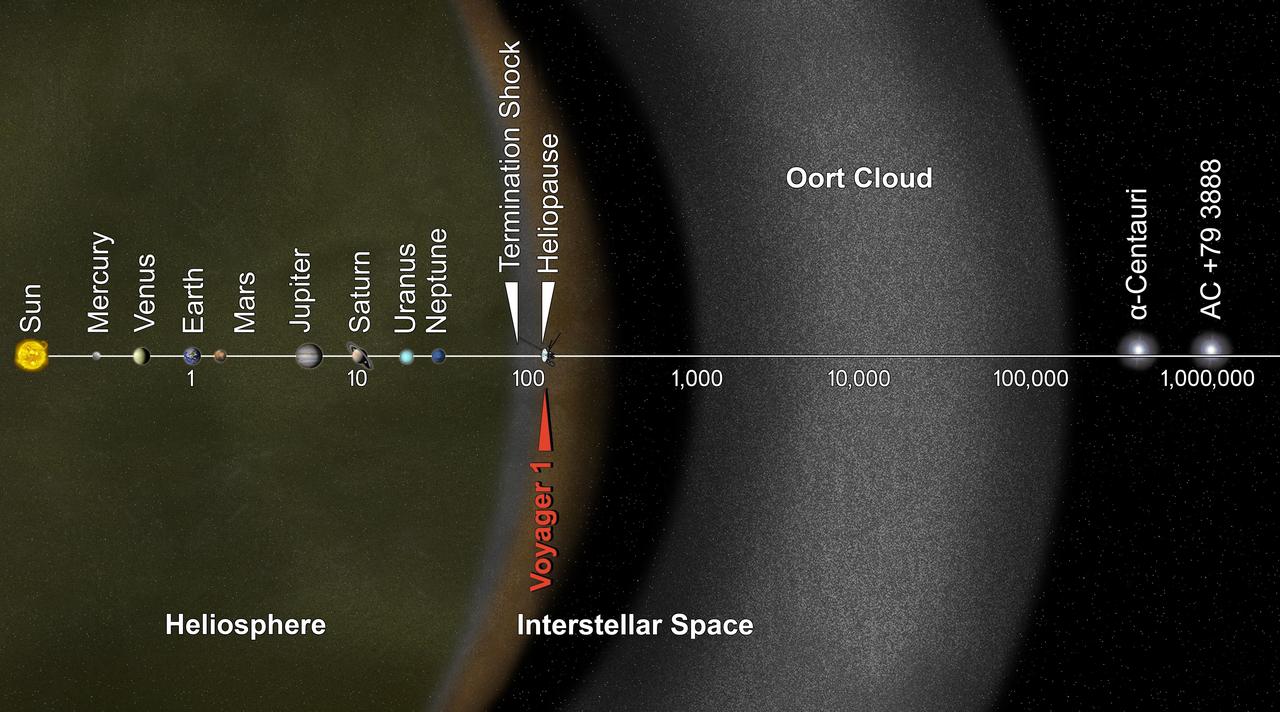
In May of 2021, NASA announced that both spacecraft continued their extended mission and, for the first time in history, provided constant measurement of the density of material in interstellar space, as well as detection of interstellar sounds.
At the end of May 2025, Voyager 1 achieved the distance milestone of 25 billion kilometres (15,534,279,806 miles / 167.114 AU) from the Sun. Similar achievement, but this time regarding distance calculated from Earth, is expected to be reached end of next week, on Sunday, 27th July 2025.
Then, Voyager 1 will continue its journey to mark history of the space exploration and become the first human-made object to reach the distance of one light day from Earth.
If not disturbed in its space travel, in about three hundred years from now, Voyager 1 should receive the so-called Oort cloud – the theorised cloud of icy planetesimals surrounding the Sun between 2,000 and 200,000 AU, although distance estimation varies depending on the source. It should take about 30,000 years for the spacecraft to cross the cloud and then, approximately 10,000 years later, Voyager 1 should fly 1.6 light years close to Gliese 445, in the constellation Camelopardalis.
Nevertheless, it is expected that in a short time the probes would stop transmitting any data to Earth. At the moment seven – out of ten – instruments onboard Voyager 1 and Voyager 2 are switched off to save power. However, NASA predicts that 2025 is the final year of receiving any information from the spacecraft. In 2036 both spacecraft are expected to fly out of range of the Deep Space Network communication system.
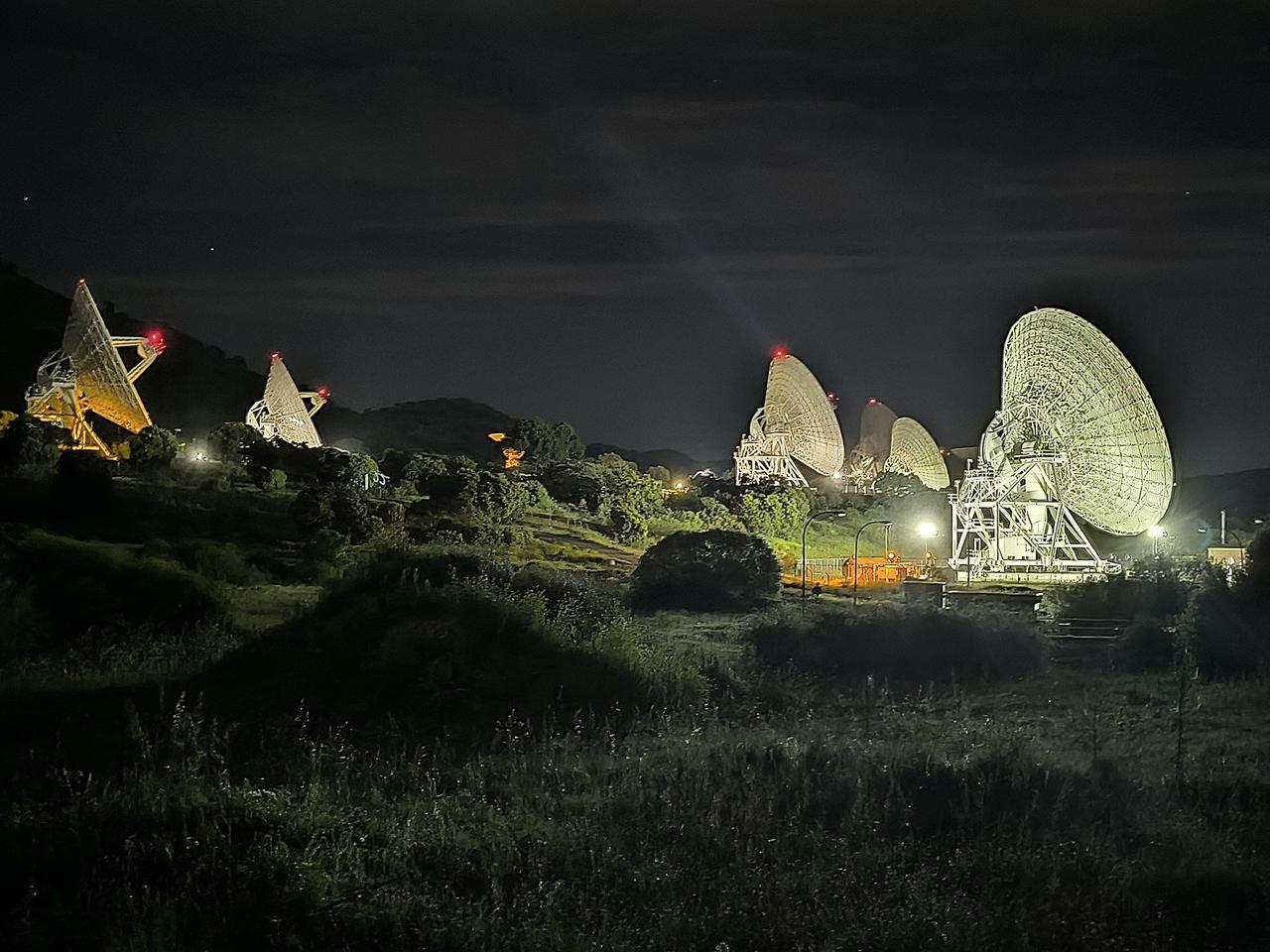
Assuming the Voyager probes would not be retrieved nor collide with any object, the spacecraft can – as once stated by NASA – eternally wander through the Milky Way. They will remain the most distant human-made object in space for next decades, or even centuries – at least until implementation of more-effective propulsion or a completely new way of travelling through space.
Currently, Voyager 1 is the fastest human-made spacecraft outside the Solar System, travelling at 61,198.15 kph (38,026.77 mph) with respect to the Sun. The probe is followed by its twin, Voyager 2, at 55,346.92 kph (34,390.98 mph) and New Horizons spacecraft at 49,245 kph (30,600 mph).
New Horizons began its space journey on 19th January 2006, as the fastest spacecraft ever launched. It was the first probe with direct solar escape trajectory that left Earth at 58,536 kph (36,373 mph). However, it was only the initial momentum and New Horizons slowed down in time, while Voyager 1 and 2 gained higher speed due to gravity assist of gas giants.
Although there is no chance for New Horizon to reach the Voyager spacecraft, the probe can probably overpass the distance covered by Pioneer 11 and 10. They should be overtaken by New Horizons in 2143 and 2314, respectively.
Interesting fact is that Voyager 1 and Pioneer 10 are the most distant human-made objects from each other, as the probes explore the space on the opposite side of the Solar System.
Last but not least, it should be mentioned that both Voyager probes carry onboard the so-called Golden Record, the gold-plated audio-visual disc containing a selection of sounds and images portraying life on Earth. The Golden Record is intended for any intelligent extra-terrestrial life form and a kind of invitation to make contact with the human race.
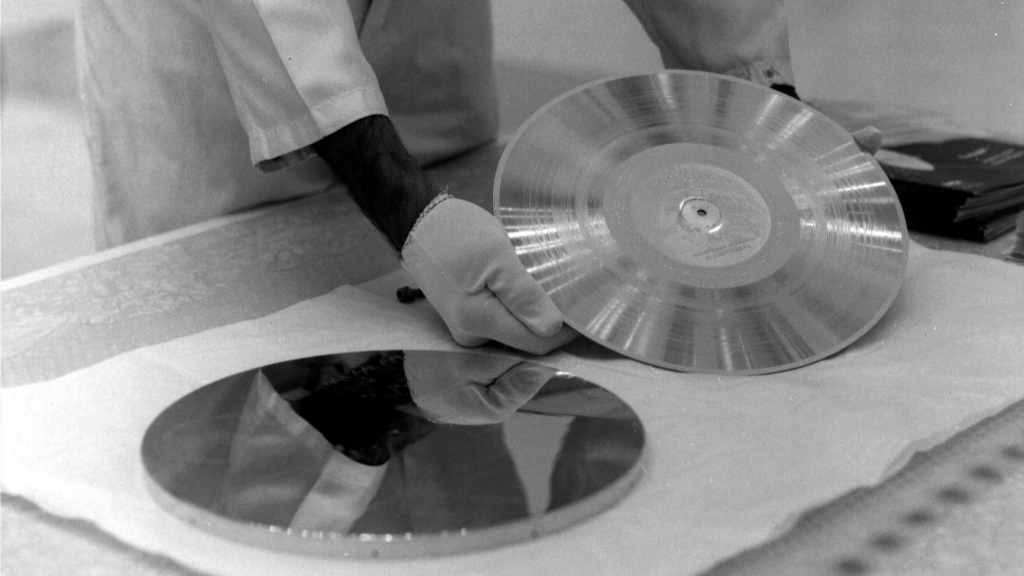
Cover photo: Voyager 1 spacecraft entering interstellar space, artist concept (NASA, PIA17462).
All photos © National Aeronautics and Space Administration. Information from NASA press releases and Voyager programme website indicating current position of the both space probes were used.


